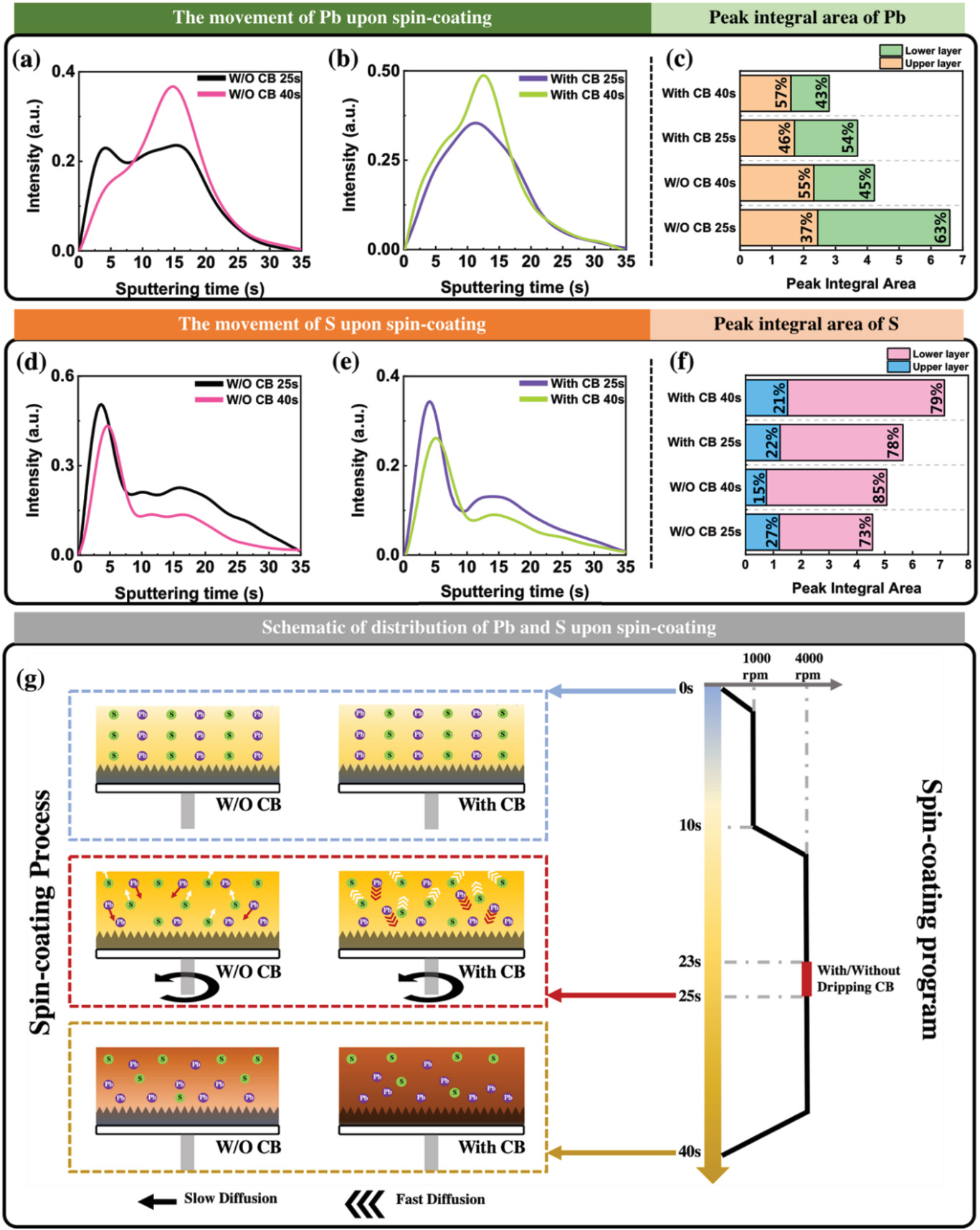Scientists from France’s Institut de Recherche de Chimie Paris have reviewed the current state of glow discharge optical emission spectroscopy, an emerging technique in the field of PSC research. Their research has been published in the journal Small Methods.

Study: What Can Glow Discharge Optical Emission Spectroscopy (GD-OES) Technique Tell Us about Perovskite Solar Cells? Image Credit: Diyana Dimitrova/Shutterstock.com
Background to the Research
3D organic-inorganic metal halide perovskites are a family of thin-film materials that have emerged in recent years as suitable candidates for a wide range of applications such as photodetectors, lasers, LEDs, and solar cells. Perovskites possess several benefits such as tunable bandgaps, outstanding optoelectronic properties, low cost, and mild condition processibility.
PSCs have achieved noteworthy efficiency of over 25% in recent research, making them commercially viable devices for solar energy harvesting, addressing the reported issues with solar power. However, overcoming their relatively low chemical stability whilst maintaining their optimal performance is a key challenge in research currently.
A number of key strategies have been developed in recent studies to overcome these issues and improve the commercial prospects of PSCs. This has led to an evolution in their design. More complex perovskite materials have been developed, precursor solutions now include more additives, layers have been increased, and interfacial engineering has been increasingly employed.
Thoroughly investigating the complex structures and compositions of high-performance PSCs requires sophisticated analytical techniques. Material and device evolution has understandably made elucidating their structures, properties, and performance an extremely complex undertaking.
The Paper
The paper has investigated the characterization of the elemental depth profile of these innovative materials, concentrating on one suitable advanced analytical technique: GD-OES (glow discharge optical emission spectroscopy.)
GD-OES is an emerging analytical technique that can be used in combination with other methods such as XPS, high-resolution SEM, Time of Flight SIMS, and XRD to reveal intimate insights into the growth and structure of numerous 2D, 3D, and fully inorganic perovskites. This technique can also be used to reveal the influence of additives in these materials.
Advantages and Limitations of the Technique
Whilst there are several analytical techniques suitable for the characterization of perovskite properties, synthesis, and structure, challenges remain with rapidly and expediently revealing major and trace element depth profile distributions.
GD-OES involves the generation of plasma under low pressure. Sputtering, which is a bombardment process, occurs when cations contained within the generated plasma are accelerated toward the surface of the sample, causing a kick-out of surface atoms. Energy transfer causes the analyte atoms to be promoted to an excited state, forming a glow of emitted light when they return to a grounded state.
Atom-specific wavelengths are emitted, and real-time analysis using optical emission spectroscopy allows the deduction of the sample composition. GD-OES has some main advantages over other analytical techniques such as not requiring high vacuum, real-time measurement capabilities which provide ultra-fast elemental depth profile analysis, and rapid control and optimization due to immediate feedback.
However, this analytical technique possesses some key limitations compared to other common methods such as SNMS and SIMS. SNMS, for example, requires a smaller analysis size and has a larger detection limit than GD-OES. Moreover, surface information obtained using GD-OES has reliability issues due to insufficient plasma stabilization at the start of sputtering, and high sputtering rates cause issues with accurately obtaining reliable interface information.
Combining GD-OES with other analytical techniques can leverage their advantages whilst overcoming any potential limitations. Pioneering research has been conducted on PSCs using GD-OES has been performed in recent years by the authors and other research teams.

Evolution of GD-OES elemental depth profiles for a,b) lead and d,e) sulfur from DMSO) in the optimized Cs0.1FA0.9PbI3 perovskite precursor layer upon spin coating (erosion from top to bottom). Total peak integral area and relative contribution of the upper and lower layers area values under the curve for each layer. They are shown for c) Pb and f) S. g) Schematic of distribution of Pb and S upon spin coating process observed at 0, 25, and 40 s, without and with chlorobenzene (CB) dripping. Image Credit: Zheng, D et al., Small Methods
Applications of GD-OES for Perovskite Studies
GD-OES can be employed to reveal several insights into perovskite material and solar cell device structures. The paper discusses a number of applications, such as the use of this technique for studying structure, composition, and solar cell aging. Recently, the research group has successfully profiled and unveiled the behavior of various elements and solvents during perovskite preparation.
GD-OES has been applied to the study of the influence of additives on film growth, comparing changes before and after their addition. Researchers have changed perovskite crystal growth direction by employing appropriate additives, using GD-OES as an integral analytical technique for this purpose.
The technique has also been used to investigate spin-coating and annealing steps, comparing differences in perovskite composition and solvents at different times within these steps, providing profound insights and conclusions.
In Summary
The paper has revealed the suitability of GD-OES for the study of PSCs and thin films, highlighting its advantages, limitations, and applications. The review highlights the potential role this technology will play in future research, both as a standalone technique and in combination with other powerful analytical methods.
As perovskites are increasingly being utilized in several applications besides solar energy harvesting, such as LEDs, scintillators, and photodetectors, this powerful technique has the potential to rapidly explain working and aging mechanisms in multiple key technological applications.
Reference
Zheng, D, Volovitch, P & Pauporté, T (2022) What Can Glow Discharge Optical Emission Spectroscopy (GD-OES) Technique Tell Us about Perovskite Solar Cells? Small Methods 2200633 [online] onlinelibrary.wiley.com. Available at: https://doi.org/10.1002/smtd.202200633
Disclaimer: The views expressed here are those of the author expressed in their private capacity and do not necessarily represent the views of AZoM.com Limited T/A AZoNetwork the owner and operator of this website. This disclaimer forms part of the Terms and conditions of use of this website.